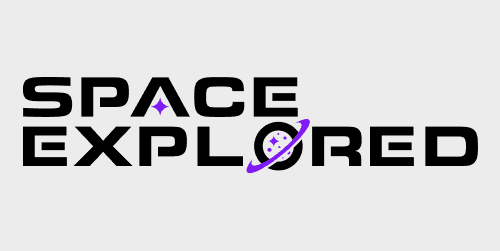
Boeing is one step closer to joining SpaceX in launching astronauts to the International Space Station for NASA. The company’s Starliner spacecraft will conduct its second uncrewed orbital flight test, known as OFT-2, as soon as July 30. OFT-2 is Boeing’s second shot at having its spacecraft reach ISS, dock, and undock before returning to Earth.
Boeing previously attempted an uncrewed orbital flight test in December 2019, but a number of issues prevented the spacecraft from reaching ISS. Boeing did safely bring the Starliner spacecraft back to Earth, however, and then NASA administrator Jim Bridenstine argued that astronauts could have resolved the issues if the spacecraft was crewed.
Starliner will have its second shot at the end of July when OFT-2 flies at 2:53 p.m. Eastern time. While Commercial Crew is a NASA/private company partnership, Boeing is funding OFT-2 at no expense to taxpayers.
Starliner will once again liftoff from a United Launch Alliance rocket, specifically the Atlas V. ULA is currently working on bringing its next-gen rocket called Vulcan online; this machine could be used for future Starliner flights in the future.
After Boeing successfully reaches the space station safely with Starliner, the company will then conduct a crewed demonstration mission with the spacecraft for the first time. NASA astronaut Chris Ferguson was originally assigned to the crew but had to drop out for scheduling reasons with personal obligations to his family. NASA astronaut Barry “Butch” Wilmore replaced Ferguson last fall.
Boeing’s Starliner team also includes NASA astronauts Nicole Mann, Michael Fincke, Suni Williams, Josh Cassada, and Jeanette Epps.
More from Boeing’s latest Starliner update below:
Boeing will continue preparing the Crew Flight Test vehicle for flight until launch activities involving the OFT-2 vehicle, such as loading cargo and fueling the spacecraft, are scheduled to begin. Boeing recently completed end-to-end testing of Starliner’s flight software by flying a five-day simulated OFT-2 mission with operations teams and the highest-fidelity hardware. Boeing will continue supporting NASA’s post-test reviews and has submitted all OFT-2 verification and validation paperwork. All actions recommended by the Boeing/NASA Joint Independent Review Team as a result of Starliner’s first test flight are complete and pending closure.
Space Explored’s Take
While Boeing’s Starliner is over a year behind SpaceX’s Crew Dragon in terms of sending astronauts to the space station from the U.S., recent setbacks have had more to do with the success of NASA’s Commercial Crew Program and less about Boeing’s process. NASA called the failed OFT-1 mission a close call incident and revisited its approach to working with Boeing. Both teams have since delivered on what is expected for Starliner.
Between a global pandemic and historical weather occurrences affecting the Starliner team’s progress, any progress from Boeing on the spacecraft is very welcomed. More importantly, as mentioned before, it’s the success of Commercial Crew that is pushing back Starliner’s next flight, and that’s a good problem to have. Traffic jams at the space station and range availability in Cape Canaveral is both positives for the market Starliner is entering. Starliner will enter a market with plenty of demand, and NASA’s commercial partnerships are paying off.
More
- Boeing unveils ‘personal’ OFT-2 mission patch ahead of next Starliner spacecraft orbital flight test
- Starliner: Boeing knocks out high-altitude parachute test for astronaut spacecraft
- Boeing’s Starliner flight software has received a formal requalification
Enjoy reading Space Explored?
Help others find us by following on Apple News and Google News. Be sure to check us out on YouTube, Twitter, Facebook, and Instagram, join our Discord!
FTC: We use income earning auto affiliate links. More.




Comments